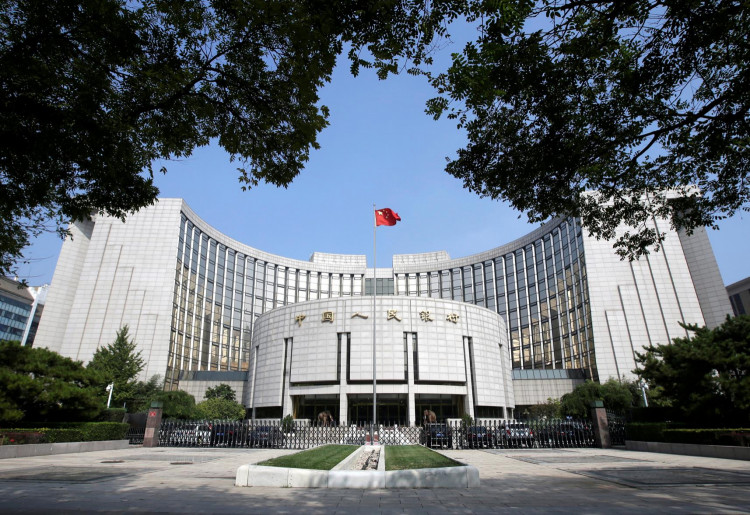China's central bank abruptly cut back a tightly watched lending rate late Monday, the first such reduction in more than four years, and a warning to investors that policymakers are willing to act to help boost the economy.
The People's Bank of China (PBOC) said it reduced the reverse repurchase rate from 2.55 percent to 2.50 percent on its website.
The step cheered China's bond market two weeks after the PBOC reduced borrowing costs on its medium-term lending facility (MLF), used by banks for long-term financing needs.
These reductions increase the probability that the PBOC would slash its new primary reference loan rate (LPR), from which many borrowers base their mortgage rates, this week in an effort to free up funds for credit-hungry parts of the economy.
Analysts say Monday's abrupt reduction also demonstrates that the central bank is eager to ease market fears that higher consumer inflation will impede fresh stimulus.
Zhou Hao, an economist at the Singapore-based Commerzbank, said the reverse repo rate cut signals a policy change in the months ahead, including "some fine-tuning to target the growth plan for now."
Development in the world's second-largest economy has slowed in almost 30 years to its slowest, and recent data such as credit growth and industrial output have continued to show a slowing economy.
Driven by rising prices of pork due to the outbreak of African Swine Fever, China's market inflation grew to its fastest pace in nearly eight years past the government's goal of about 3 percent in October.
That had posed several questions about the PBOC's attempts to ease policy that may be limited. The PBOC said it would preserve conservative monetary policy in a report released on Saturday to prevent inflation from spreading.
Market participants, though, say this week's two recent market rate cuts indicate a related change in the LPR.
Yan Se, chief economist at Beijing's Founder Securities, said the reverse repo rate cut indicated policymakers were open to using open market operations, usually used to satisfy the everyday funding needs of the financial system, to promote long-term growth in the real economy.
"A five-point reduction in LPR is a high-probability occurrence against the context of such a scenario." He noted that it is also possible to cut the reserve requirement ratio (RRR) for banks.
On Wednesday, the PBOC declares its monthly LPR setting. The one-year average currently stands at 4.3 percent, while the five-year rate remains at 4.86 percent.
Monday's repo rate reduction helped the bond market, with China's 10-year treasury futures for December delivery in the morning session rising more than 0.4 point.






